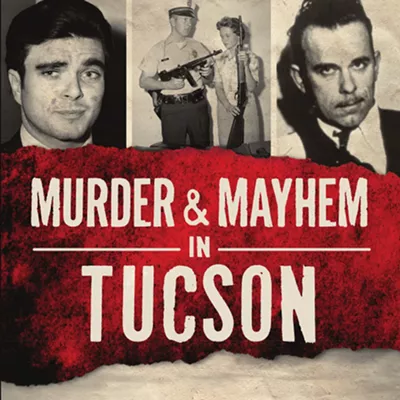A Song for the Horse Nation: Horses in Native American Cultures is part museum catalog, part personal history, part love letter to a creature that's helped mankind--but which shares a special bond with Native Americans. The slim, glossy volume was assembled by the National Museum of the American Indian; its editors are George Horse Capture and Emil Her Many Horses--two people whose authority hardly needs questioning.
In his introduction, the Smithsonian's Herman J. Viola writes: "America's Native peoples have little for which to thank Christopher Columbus except the horse." As it turns out, when Columbus brought 25 Andalusians on his second voyage to the continent in 1493, the horse had been extinct in North America for 20,000 years. But it took a few hundred years after his arrival for the horse to truly become integrated with Plains Indian tribes. By the 18th century, it played an essential role in much of Native American life, with the Nez Perce, Blackfeet, Kiowa, Crow, Cheyenne and Sioux among the most devoted tribes.
According to Viola, the horse's partnership with the Plains Indians ended around the 1870s. By then, there were "too many white people and too few buffalo." Still, we have this brief period to thank for the creation of the stunning artifacts, poems and photographs collected within A Song for Horse Nation.
The compact volume is presented with a precision and an authority that only a museum can muster, but it's tempered by the intimate voices that appear throughout. There are potent doses of sadness and nostalgia in most of the accounts, indicating a longing for an unsullied past and a return to better times. These emotions are rawest in the collected personal histories: One man tells of the pride in catching an enemy's horse; another describes a deadly quest to recapture his sister's stolen horse. The purity of the horse-man relationship is especially pronounced in songs and poems, written first in the Native tongue and then translated: daybreak / appears / when / a horse / neighs.
But it is the multi-page spreads of elaborate horse decorations and horse-inspired art that are the book's highlights. Especially stunning is a Pikuni (Blackfeet) coup stick from the late 19th century with false scalps trailing from it; painted dresses and beaded hide coats tell entire narratives in which horses are the stars. Starkly beautiful photographs from the last years of the 19th century--some posed, some candid--display Native American men, women and children with their prized mounts.
While the book celebrates many traditions that have spilled over to popular lore, it decries the phenomenon of "typecast Indians," who appear whooping on souvenir postcards, chasing after cowboys and clutching scalps. An especially sensitive topic is the commercialization and simplification of sacred Native American objects, like war bonnets, ritualistic tools and personalized clothing. The book serves to slow down the restless American mind, to make it consider the stories behind the stereotypes, the art behind the decoration, the culture behind the civilization.
In taking a very specific topic and exploring it to its utmost, A Song for the Horse Nation avoids the fate of most museum catalogs: relegation to the coffee-table underbelly, because they've taken on too huge a topic or stretched a thin one over hundreds of pages. That said, A Song for Horse Nation could stand to be just a bit longer. More science in the form of timelines and statistics would further pronounce its authority; a conclusion or afterword would be equally welcome. (As it is, the book fades out with a few poems and photographs.) But any such improvement would only need to be minor: The book offers an entertaining, quick read on a subject that, while quite fascinating, would be overwhelmed by a larger, heavier volume.
For horse lovers and historians--or horse-loving historians--the only thing more satisfying than reading this book would be a trip to the Smithsonian itself. But readers without money to spare for a cross-country plane ticket will be grateful to the book's creators, who have stylishly, respectfully and succinctly celebrated a facet of Native American culture that is far richer than it first appears.
This book apparently comes in the nick of time, which a bit of text describing a beaded pipe bag sums up: "There is almost certainly an interesting story behind this piece, although, unfortunately, it has been lost over time." Thankfully, A Song for the Horse Nation may spare future historians from having to write these words.






